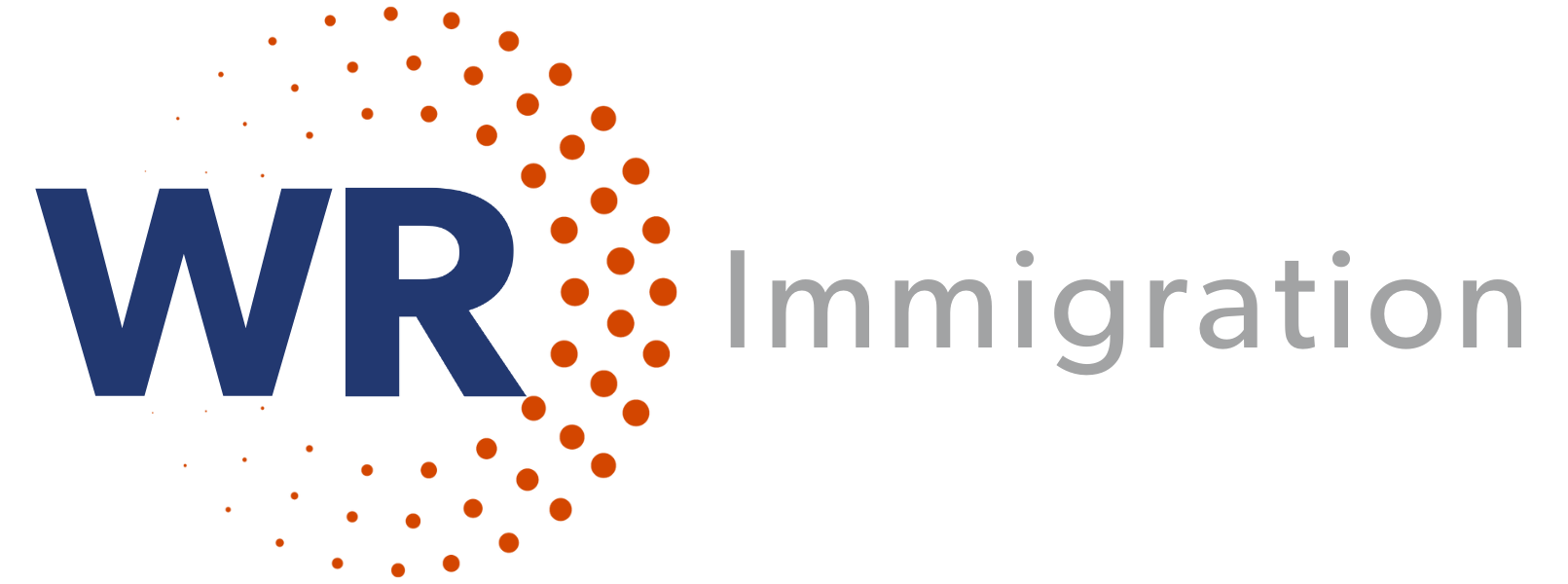In this edition, find the latest news on the Center for Disease Control and Prevention’s announcement of a new COVID-19 testing requirement for air passengers from China; the Department of Homeland Security’s implementation of new processes for Venezuelans, Cubans, Haitians, and Nicaraguans; and the Supreme Court’s decision to extend ‘Title 42’.
CDC Announces New COVID-19 Testing Requirement for Air Passengers From China
Effective January 5, 2023, the Centers for Disease Control and Prevention (CDC) will require a pre-departure negative COVID-19 test, or documentation of recovery within the last 90 days, for air passengers boarding flights to the United States originating from the People’s Republic of China (PRC) and the Special Administrative Regions of Hong Kong and Macau.
CDC said it is announcing this step “to slow the spread of COVID-19 in the United States during the surge in COVID-19 cases in the PRC given the lack of adequate and transparent epidemiological and viral genomic sequence data being reported from the PRC. These data are critical to monitor the case surge effectively and decrease the chance for entry of a novel variant of concern. CDC will continue to monitor the situation and adjust our approach as necessary.”
CDC made the decision following China’s announcement that it is dropping quarantine requirements for inbound international arrivals and resuming outbound travel for Chinese citizens. According to reports, a regional health chief in Hong Kong said that almost half of air passengers arriving on December 26, 2022, in Italy’s Milan airport from China tested positive for COVID-19. Although some countries in addition to the United States have imposed restrictions, such as Japan, Spain, and Italy, so far others are not changing their entry requirements, such as France and Great Britain, although the latter is reportedly considering the issue. India imposed similar restrictions on travelers from Japan, South Korea, and Thailand, in addition to China.
Details:
- CDC Press Release, Dec. 28, 2022. https://www.cdc.gov/media/releases/2022/p1228-COVID-china.html
- “China Health Alert: Negative COVID-1 Test Requirement for Air Passengers Entering the United States,” Dec. 28, 2022. https://travel.state.gov/content/travel/en/traveladvisories/ea/China-Negative-COVID-19-Test-Requirement-for-Air-Passengers-Entering-the-United-States.html
- “Chinese Tourists Are Ready to Travel Abroad Again. Here’s Why Some Countries Are Hesitant,” CNN, Dec. 30, 2022. https://www.cnn.com/travel/article/china-covid-travel-restrictions-intl-hnk/index.html
- “China to Scrap Quarantine for Inbound Travelers in Major Step Toward Reopening,” CNN, Dec. 26, 2022. https://www.cnn.com/2022/12/26/business/china-travel-covid-quarantine/index.html
DHS Implements New Processes for Cubans, Haitians, and Nicaraguans and Eliminates Cap for Venezuelans
The Department of Homeland Security (DHS) announced a new process, effective January 6, 2023, for certain qualifying Cubans, Haitians, and Nicaraguans with U.S.-based supporters to travel by air to and temporarily reside in the United States. Such individuals may also apply for work authorization. DHS also eliminated the numerical cap for a similar process for Venezuelans announced previously.
Under the new process, qualifying nationals of Cuba, Haiti, and Nicaragua who are outside the United States and lack U.S. entry documents can be considered, on a case-by-case basis, for advance authorization to travel to the United States and seek a temporary period of humanitarian parole for up to two years if they:
- Have a supporter in the United States who will provide financial and other support;
- Undergo and clear “robust security vetting”;
- Meet other eligibility criteria; and
- Warrant a favorable exercise of discretion.
DHS said it “strongly encourages Cubans, Haitians, Nicaraguans, and Venezuelans seeking entry in the U.S. who do not have and are not eligible for a visa to instead seek entry via this process, as this will be the safest and most effective way to pursue a temporary stay in the United States. Individuals complete the process electronically and should not approach the border to access this process.”
U.S.-based individuals may submit Form I-134A, Online Request to be a Supporter and Declaration of Financial Support, on behalf of named nationals of Cuba, Haiti, or Nicaragua. Neither the U.S. supporter nor the beneficiary must pay the U.S. government a fee for the Form I-134A or participation in this process, DHS said.
Implementation of changes to the parole process for Cubans, Haitians, Nicaraguans, and Venezuelans, effective January 6, 2023, is expected to be announced in notices to be published in the Federal Register on January 9, 2023. DHS began using the Form I–134A for these processes on January 6, 2023.
Details:
- USCIS alert, Jan. 6, 2023. https://www.uscis.gov/newsroom/alerts/dhs-implements-new-processes-for-cubans-haitians-and-nicaraguans-and-eliminates-cap-for-venezuelans
- “Processes for Cubans, Haitians, Nicaraguans, and Venezuelans” page, USCIS. https://www.uscis.gov/CHNV
- Form I-134A, Online Request to be a Supporter and Declaration of Financial Support. https://www.uscis.gov/i-134a
- “Implementation of changes to the parole process for Venezuelans, Haitians, Nicaraguans, and Cubans, DHS, Jan. 9, 2023 (advance copies).
Supreme Court Extends ‘Title 42’
On December 19, 2022, Supreme Court Chief Justice John Roberts ordered Title 42, which allows the immediate expulsion of many migrants because of COVID-19 concerns, to temporarily remain in effect to allow the full Supreme Court time to consider the issue. On December 27, 2022, the Supreme Court extended Title 42. The Court plans to consider in late February 2023 whether the 19 states objecting to Title 42’s termination have legal standing to do so.
The Court’s December 27 opinion noted that its review on certiorari “is limited to the question of intervention. While the underlying merits of the District Court’s summary judgment order [terminating Title 42] are pertinent to that analysis, the Court does not grant review of those merits, which have not yet been addressed by the Court of Appeals.”
The court’s three liberal justices objected, as did Justice Neil Gorsuch, who wrote, “The current border crisis is not a COVID crisis. And courts should not be in the business of perpetuating administrative edicts designed for one emergency only because elected officials have failed to address a different emergency. We are a court of law, not policymakers of last resort.”
Karine Jean-Pierre, the White House press secretary, said that although the Biden administration will comply with the Supreme Court’s action, “Title 42 is a public health measure, not an immigration enforcement measure, and it should not be extended indefinitely.”
Details:
- “Supreme Court Says Trump-Era Border Restriction Will Remain in Effect While Legal Challenges Play Out,” CNN, Dec. 27, 2022. https://www.cnn.com/2022/12/27/politics/supreme-court-title-42/index.html
- Arizona v. Mayorkas, order issued Dec. 27, 2022. https://www.supremecourt.gov/opinions/22pdf/22a544_n758.pdf
- Arizona v. Mayorkas, order issued Dec. 19, 2022. https://www.supremecourt.gov/orders/courtorders/121922zr_g314.pdf
- Federal respondents’ opposition to application for a stay pending certiorari, Dec. 20, 2022. https://www.supremecourt.gov/DocketPDF/22/22A544/250530/20221220190658873_22A544%20Govt%20opp%20to%20Ariz%20stay%20final%20corrected.pdf
- Application for a stay, submitted to Chief Justice Roberts Dec. 19, 2022. https://www.supremecourt.gov/DocketPDF/22/22A544/250328/20221219140309326_Title%2042%20-%20Emergency%20Application%20for%20Stay%20File%20Version.pdf
- Reply of applicant Arizona, et al. filed, Dec. 21, 2022. https://www.supremecourt.gov/DocketPDF/22/22A544/250553/20221221084240400_Title%2042%20-%20Emergency%20Stay%20Reply%20File%20Version%20Final%202.pdf


